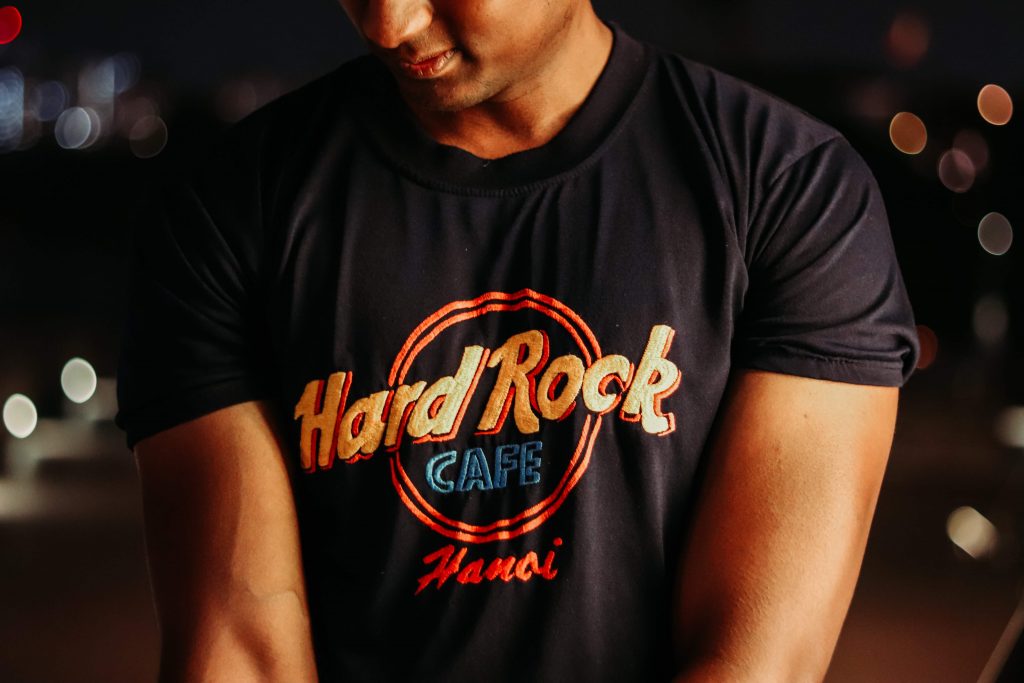Pad printing is a printing method for transferring a 2-dimensional image onto a 3-dimensional object. The process is as effective on flat surfaces as it is on parts that are round, have complex curvature, concave or convex surfaces, and have recessed or convex areas.
Pad printing became popular after World War II, when watchmakers began printing on the curved surfaces of watch dials. This ability to print on substrates that were difficult to print on made the pad printing process a well established technology and is now used in many industries such as medicine, cosmetics, electronics and more.
The most important component is a silicone pad – a smooth stamp called a pad that allows the image to be transferred with permanent ink to the item. A machine holds the product steady and presses it into a matrix – a metal plate with an engraved design – before it is imprinted by the pad. Pad printing can successfully decorate three-dimensional parts because the silicone pad wraps or conforms to the shape of the part without distorting the image when the image is transferred.

Screen printing is the oldest printing technique originating from stencil painting, popular already in ancient China and Japan. Two Japanese are considered to be the authors of screen printing – Yuzensai Miyasaki, who used this method to decorate kimonos in the 17th century, and Zisukeo Hirose, who in the 19th century invented a stencil called “katagami”, which became the pattern for the currently used screen printing forms. The stencil was applied to a mesh of human or animal hair stretched over a wooden frame, whereas today the frame is made of aluminum with a nylon, polyester or metal mesh stretched over it.

The first step to start any screen printing is to prepare a proper matrix, which is a rectangular frame with a stretched mesh made of nylon or metal, on which a printing template is placed.
The template should be covered in places that will not be used during printing – the holes of the mesh should be blocked. The print is created by forcing the ink onto the material using screen printing presses.
It all depends on what kind of products we want to label and what quantity. If we have to label bags, T-shirts or self-adhesive stickers, the screen printing method will be the best, as it is perfect for flat surfaces and allows obtaining attractive colors on them
When we have to label gadgets with irregular surfaces, pad printing will be the best solution. When we want to order a few gadgets, pad printing will be more cost-effective, and when we decide on a bigger order – screen printing will be more economical.